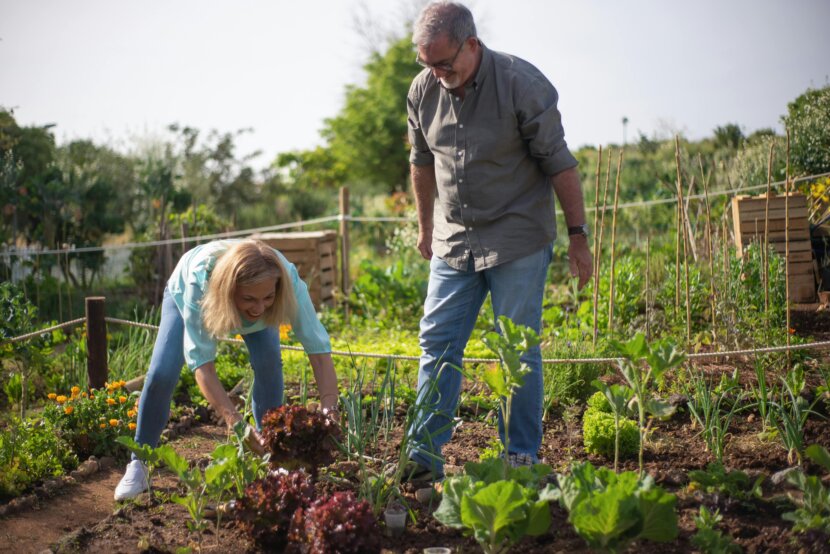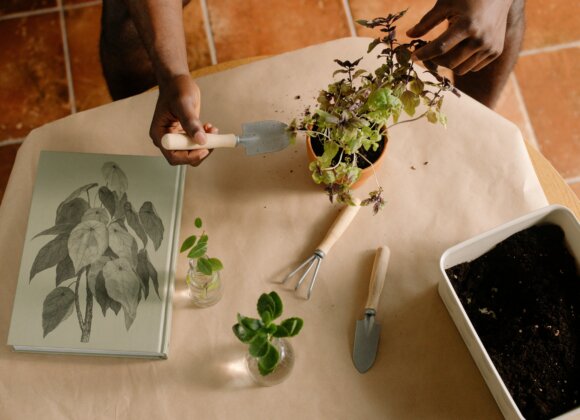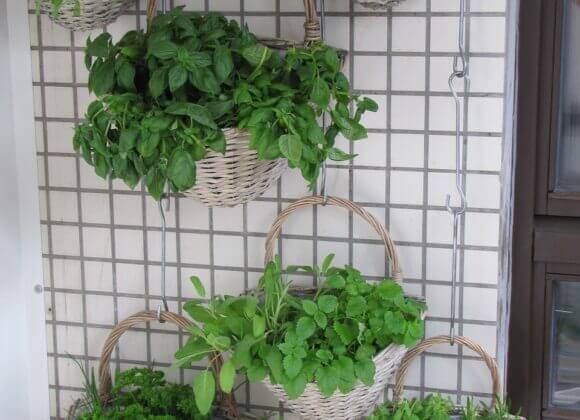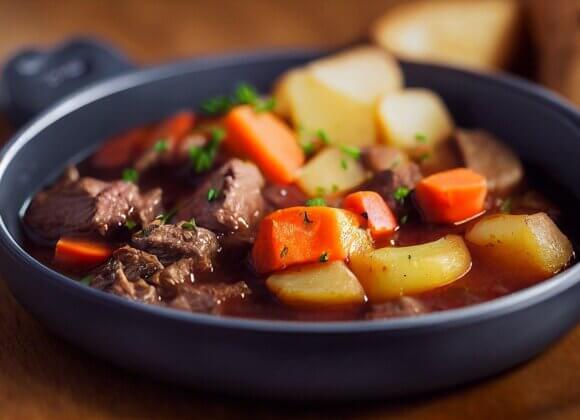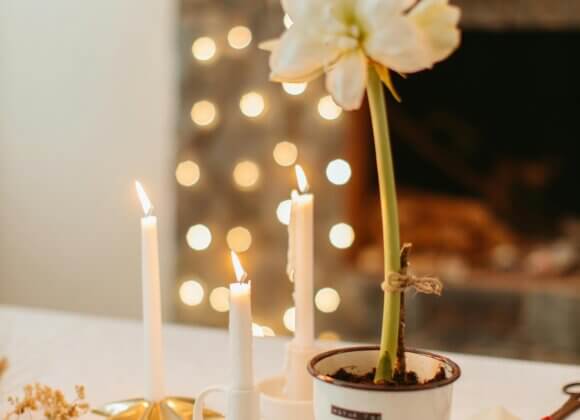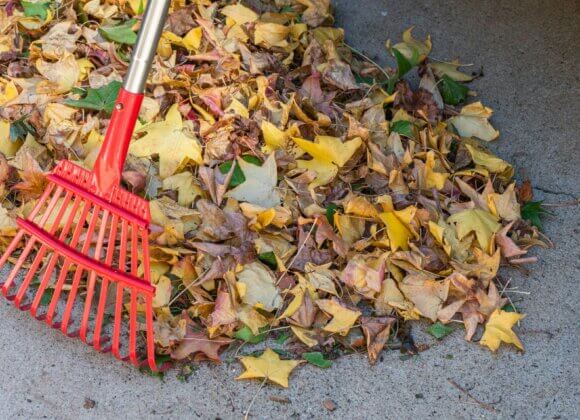A rich harvest is the best reward for your work in the vegetable garden. Mixed crops bring hobby gardeners a big step closer to this goal – provided the right types of vegetables are planted next to each other.
“The most pious man cannot live in peace if his wicked neighbor does not like it” – this quote from Friedrich Schiller’s “William Tell” also applies to the vegetable patch or garden. Whether the harvest is bountiful or not depends not only on the condition of the soil and whether the plants receive enough nutrients, sun and water, but also on good neighborly relations.
Because among the plants there are species that don’t get along at all, while others benefit from each other. As always in life, there is not just black and white in the vegetable patch – and therefore many species that neither help nor hinder each other.
Which vegetables go well together?
If you are aiming for a high yield and want to do your vegetable plants good at the same time, you should find the best partners for your vegetable patch, whether in the garden or on the balcony. By the way: these are not always to be found among other vegetables, but also among herbs. We have found three top combinations for you:
#1 tomatoes and basil
A duo that not only harmonizes perfectly in the kitchen, but also in the garden and on the balcony, are tomatoes and basil. The tall tomato plants provide shade for the basil, which in turn covers the soil beneath the tomato plants. This in turn prevents the soil from drying out too quickly.
The spice plant is also a good partner for tomatoes for other reasons: on the one hand, it keeps whiteflies and aphids away thanks to its essential oils. On the other hand, basil protects tomatoes from mildew. If you don’t like basil, you can combine tomatoes with onions, leeks and garlic instead: They also have a high proportion of essential oils that keep whiteflies away.
Other perfect neighbors for tomatoes include broccoli, bush beans, cabbage, kohlrabi, nasturtium, carrots, peppers, parsley and spinach.

#2: Carrots and onions
Carrots and onions, for example, are also considered the best partners. This is because carrots keep onion flies away and vice versa. However, there is a certain risk involved: carrots need regular water to grow, but this increases the risk of rotting in onions. However, leeks are a good alternative: They also repel carrot flies, while the water requirements of carrots and leeks are relatively the same.
#3: Cucumbers and onions
Incidentally, onions are also valued as neighbors by cucumbers. According to Fryd, the digital bed planner, cucumbers need a lot of space and can therefore cover the soil around the onions. Onions, in turn, loosen up the soil – this helps to avoid waterlogging, which cucumbers do not appreciate. Beans, garlic, cabbage, peppers, lettuce and celery are also good partners for cucumbers.
What should not be planted next to each other?
The reasons why some species should not be planted next to each other vary: some compete with each other for nutrients, while essential substances cause conflict with others. According to Fryd, potatoes, for example, should not be planted next to zucchinis due to their similar nutritional requirements. In addition, the former can transmit diseases such as late blight to zucchinis, but also to tomatoes.
For others, it is a question of space – whether above or below ground: root vegetables such as carrots and beet, but also sunflowers, take up too much space below ground and thus hinder the growth of potatoes.
What else should you consider when choosing the best neighbors?
It is important not to combine vegetables from the same plant family – see potatoes and tomatoes. Another important point is to consider the requirements of the respective plants, both in terms of water and light requirements. Low-growing vegetables that love the sun should therefore not be planted next to tall-growing species, or only in such a way that they are not shaded by their taller neighbors. And there’s something else you shouldn’t forget: the nutrient requirements of the individual species.
Related posts:


